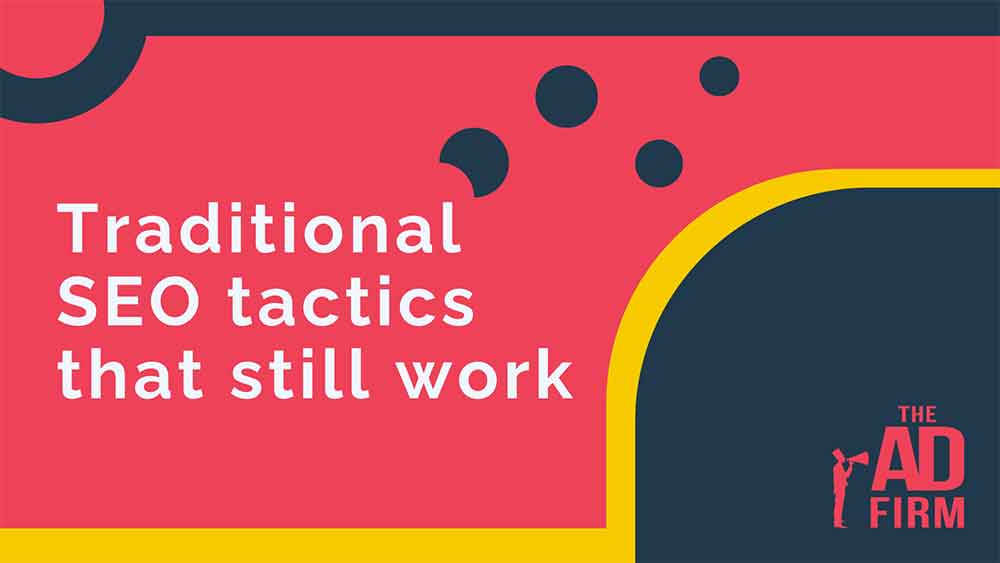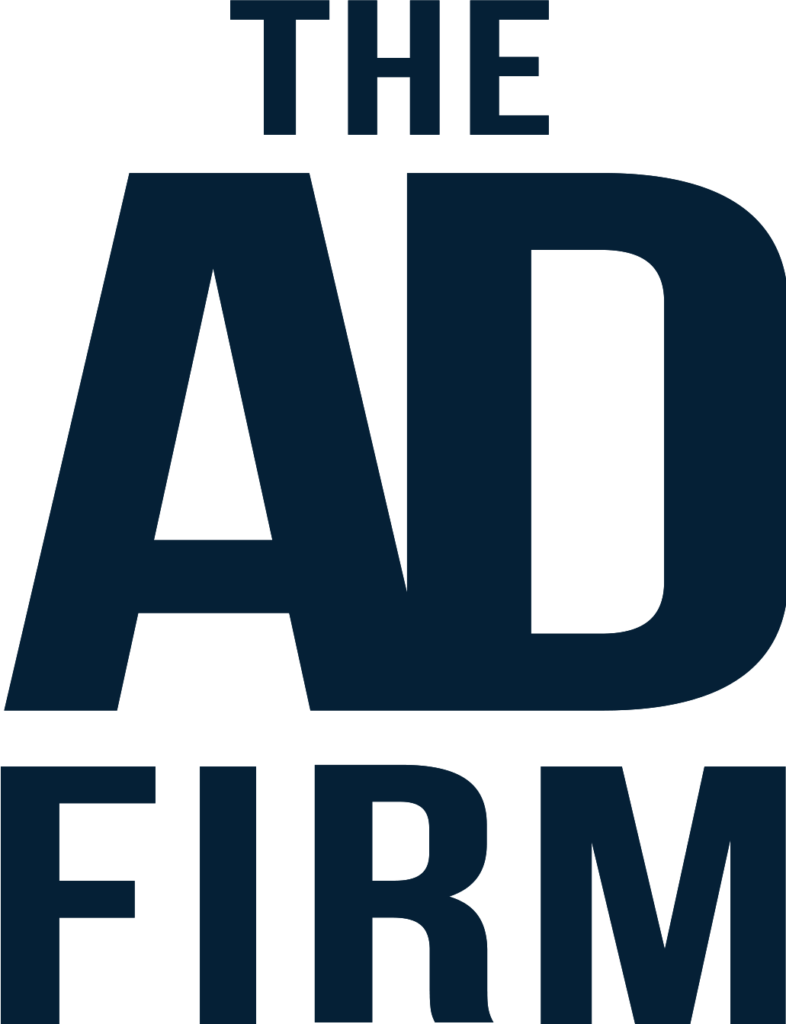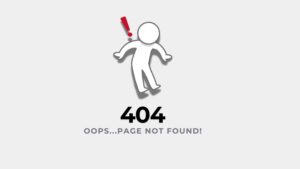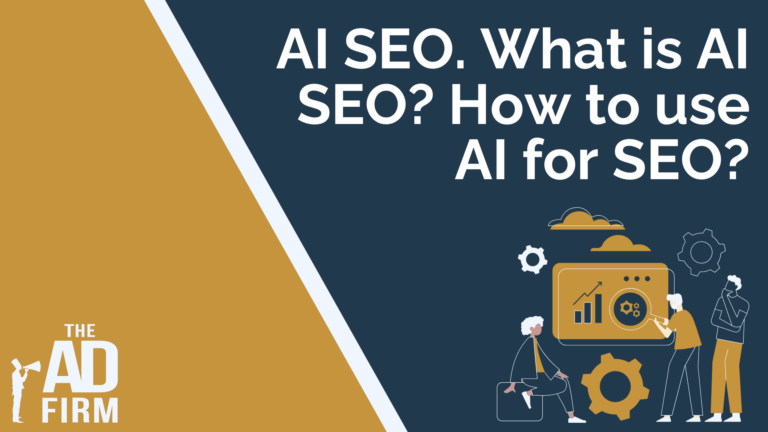Search Engine Optimization (SEO) is undeniably essential for acquiring organic website traffic. The field of SEO is dynamic, continuously evolving with new strategies and algorithms.
However, it’s crucial to understand that amid these changes, specific traditional SEO tactics continue to hold substantial value and effectiveness.
As search engines strive to give users the most relevant and valuable results, traditional tactics remain relevant in guiding websites towards improved website visibility and rankings on search engine results pages, commonly known as SERPs.
While the specific techniques might have undergone refinements over time, the core principles remain steadfast.
The enduring value of traditional SEO tactics can be attributed to their effectiveness in aligning a website’s content and structure with search engine guidelines.
These tactics include aspects such as keyword optimization, on-page optimization, link building, content creation, website performance optimization, and user experience enhancement.
Are there still traditional SEO tactics that still work today?
Traditional SEO Tactics
Traditional SEO tactics encompass well-established strategies and techniques employed to enhance the website’s visibility and ranking on search engine results pages, commonly known as SERPs.
These tactics have been tried and tested over time and have proven to be effective in optimizing websites for search engines.
Traditional SEO tactics typically include keyword optimization, on-page optimization, link building, content creation, website performance optimization, and user experience enhancement.
While the specific techniques may evolve with ongoing algorithm updates, the core principles behind traditional SEO tactics remain the same, focusing on aligning a website’s content and structure with search engine guidelines to add organic traffic and improve search visibility.
Here are the traditional SEO tactics that are still working today:
I. Keyword Optimization:
Keywords serve as the bedrock of SEO, acting as the fundamental building blocks that allow search engines to grasp the context and purpose of a webpage.
Investing time in thorough keyword research and incorporating them strategically throughout your website content is vital.
By dedicating time to identify the particular keywords that your target audience is anticipated to use when searching for pertinent information, products, or services, you can align your website content to cater to their search queries.
This alignment between your content and users’ search intent enables search engines to recognize the relevance of your website more accurately. When search engines perceive your website as highly relevant to user queries, it increases the chances of acquiring higher rankings on search engine results pages (SERPs).
Embracing keyword optimization, you pave the way for improved visibility and exposure to a broader online audience actively searching for the information or solutions you offer.
II. On-Page Optimization:
On-page optimization is a pivotal element of SEO that involves tweaking the elements of your website that you have direct control over.
The best SEO company knows that it is an essential practice to guarantee that your pages are discoverable and indexed by search engines for pertinent searches.
Exploring the Significance of On-Page Optimization:
On-page optimization is a vital part of SEO, significantly influencing the way search engines assess and position your website in their rankings.
It encompasses various elements that help search engines understand what your page is about.
When appropriately executed, on-page optimization ensures your website’s content corresponds precisely with user search queries, allowing search engines to give the most relevant results to users.
Optimizing Title Tags, Meta Descriptions, and URLs:
- Title Tags: The web page’s title tag is one of the first things a search engine scans and appears as the clickable headline on SERPs. It should be precise, incorporating the primary keyword you aim to rank for and giving users a clear idea of what to expect on the page.
- Meta Descriptions: Though not directly influencing rankings, an expertly composed meta description can boost the frequency at which users click from the search results to visit your page. It should summarize your page’s content concisely and include relevant keywords to attract user interest.
- URLs: URLs should be straightforward and legible and incorporate keywords pertinent to the content on the page. Optimized URLs provide both search engines and users with a clear indication of what the landing page is about. Simplified URLs also facilitate better crawling and indexing by search engines, enhancing their understanding and classification of your site’s content.
Utilizing Heading Tags for Structure and Hierarchy:
Heading tags (from H1 to H6) structure your content, making it easier to read and navigate.
Each page should have a single H1 tag, typically used for the title, that reflects the page’s main topic. Subheadings (H2, H3, etc.) should include secondary keywords and introduce subsequent sections or points.
This hierarchical structuring contributes to an organized content presentation, which search engines favor when evaluating a web page.
Enhancing the Overall Readability and Accessibility of Content:
The readability of your content is paramount. Large blocks of text can intimidate users, often resulting in high bounce rates.
Content should be broken down into smaller paragraphs with clear headings to combat this. Bullet points, lists, and images can improve the user experience by providing visual breaks and aiding comprehension.
Ensuring your website is accessible is crucial; it guarantees that every user, regardless of ability, can effortlessly navigate and comprehend your site, which is vital in broadening its accessibility and inclusiveness.
The Role of On-Page Optimization in Improving Search Engine Visibility:
On-page optimization makes your content more accessible not only to users but also to search engines.
By precisely signaling the topic and relevance of your content with well-optimized titles, descriptions, and headings, you communicate to search engines the suitability of your content for related searches, potentially improving your visibility in search results.
Additionally, search engines increasingly prioritize user experience, and pages that offer a clear, well-organized, and accessible user experience are more likely to achieve and retain higher-ranking positions.
As search engines traverse and catalog your site, on-page components act as a guide, simplifying the process of content categorization and relevance assessment.
A well-optimized page communicates to search engines that it is a valuable resource for users and stands a better chance of being considered authoritative and trustworthy.
III. Quality Content Creation:
High-quality content has always been the backbone of SEO.
Search engines prioritize content that serves the reader’s needs and provides value. Such content is necessary for even the most sophisticated SEO strategies to succeed.
High-quality content is characterized by depth, accuracy, and the ability to engage the reader. It’s the kind of content visitors stay on your page to read, share with others, and return for more.
Focusing on user intent and relevance in content creation:
Knowing what your audience is searching for—and why—is crucial in content creation.
Content should address the users’ intent, whether they are looking to purchase, learn, or solve a problem. By staying attuned to the relevance of your content to the audience’s needs, you align your website more closely with the types of queries that your target demographic is making.
Engaging and informative content that captivates users:
Engaging content grabs attention and doesn’t let go. It’s the difference between a fleeting glance and a meaningful interaction.
Your content should be engaging enough to keep readers interested and informative enough to provide them with the value they seek. Such content often includes rich media like images and videos and is broken up with headings and lists to improve readability.
Generating backlinks and social shares through valuable content:
Valuable content naturally accumulates backlinks, which act as votes of confidence from other websites.
Likewise, when users find your content worthwhile, they are more inclined to share it on social media, increasing its reach and potential to attract further backlinks.
This activity of sharing and linking facilitates direct traffic influx. It sends cues to search engines regarding the esteem of your content within the online community, thereby enhancing your SEO standing.
Establishing authority and credibility with comprehensive content:
In-depth, complete content positions you as an authority in your field; your credibility skyrockets when you provide thorough explanations, detailed analyses, and expert insights.
These backlinks are like endorsements from other sources, reflecting positively on your website’s authority and credibility.
Valuable content is highly shareable on social media platforms. When users find your content compelling and relevant, they are more inclined to share it with their network, thus amplifying its reach and visibility.
Social shares increase your content’s exposure and contribute to building brand awareness and attracting potential customers.
IV. Link Building Strategies:
Link building remains a strong SEO tactic that involves obtaining backlinks from external websites. Guest blogging and contributing to other reputable websites in your industry allow you to showcase your expertise to a broader audience while securing valuable backlinks.
Building relationships with other website owners for link exchanges can also enhance your website’s authority. Improving social media platforms to promote your content can aid in attracting organic backlinks and enhancing overall visibility.
V. Website Performance and Technical Optimization:
Ensuring optimal website performance and technical optimization is paramount. Several critical tactics can significantly impact your website’s visibility and rankings.
Website Load
Firstly, having a fast-loading website is crucial. Search engines appreciate websites that provide a seamless user experience, and this includes quick loading times.
Users today expect instant access to information, and search engines recognize this by considering website speed as a ranking factor. By optimizing your website for faster load times, you create a positive user experience and improve your chances of ranking higher in search results.
Responsiveness
Another important aspect of technical optimization is ensuring your website is responsive and optimized for mobile devices.
With the increasing use of smartphones and tablets to browse the internet, your website must be accessible and user-friendly across different screen sizes. Search engines prioritize mobile-friendly websites in their rankings, recognizing the significance of mobile user experience in today’s digital landscape.
AltText
Optimizing images is also a crucial technical aspect of SEO. You can improve page loading times by reducing image file sizes without compromising quality and utilizing proper image formats.
Additionally, implementing descriptive alt text for images helps search engines understand the content of the images and enhances accessibility for visually impaired users.
URL Structure
A well-structured URL hierarchy is another factor that influences SEO performance. By organizing your website’s URLs logically and hierarchically, with relevant keywords included, you make it easier for search engines to crawl and understand the structure of your website.
This helps search engines index your web pages more effectively and improves your chances of ranking for target keywords.
Meta Tags (Title and Description)
In addition to optimizing images and URLs, incorporating meta titles and descriptions is vital for SEO. A well-crafted meta title provides a concise and accurate description of the content of a webpage.
In contrast, a meta description offers a brief overview that entices users to click through to your website. These elements not only help search engines understand the relevance of your pages but also contribute to attracting more organic click-throughs from search engine users.
Feature Image
Lastly, a featured image representing your web page’s content can enhance your website’s visual appeal.
A visually appealing feature image can capture users’ attention and encourage them to explore your content further. This can increase user engagement, time spent on your website, and the likelihood of sharing your content.
Addressing these aspects of website performance and technical optimization can enhance your website’s visibility, user experience, and search engine rankings, leading to improved organic traffic and online success.
You lay a solid foundation in implementing SEO services by prioritizing these technical aspects.
VI. User Experience (UX) Optimization:
Enhancing the user experience on your website is vital for SEO success. A clear and intuitive website design, easy navigation, and well-placed call-to-action buttons all contribute to a positive user experience.
Enhancing the user-friendliness and accessibility of your website enhances the likelihood of users staying longer, reducing bounce rates and ultimately improving your rankings.
VII. Local SEO Strategies:
For businesses targeting local customers, incorporating local SEO strategies is imperative.
Enhancing your “Google My Business” listing, targeting local keywords, and encouraging customer reviews and ratings can significantly enhance your local visibility.
When users look for products or services near their location, your website has a better chance of appearing in relevant local search results.
VIII. Monitoring and Analytics:
Monitoring your SEO performance is essential in understanding the impact of your strategies. Regularly tracking your website’s performance helps ensure that SEO efforts translate into real-world results. It acts as a compass, guiding the direction of your ongoing SEO campaigns by showing what’s working and what’s not.
Utilizing Tools like Google Analytics:
Google Analytics is invaluable, offering comprehensive visibility into your website’s traffic and overall performance. It enables you to monitor conversions, comprehend your users’ journey, and observe visitor interactions within your website.
Analyzing Organic Traffic, Keyword Rankings, and User Behavior:
By analyzing organic traffic, you clearly see how well your content draws in visitors naturally, without paid advertising. Keeping a pulse on your keyword rankings allows you to understand which keywords are most effective at driving traffic.
Making Informed Decisions Based on Data Insights:
The worth of data lies in the actionable decisions it influences. By carefully analyzing the metrics provided by analytics platforms, you’re empowered to make decisions that can enhance your SEO tactics.
Adapting and Optimizing SEO Strategies for Improved Results:
Strategies that are effective now may be less efficient in the future. Continuously refining and advancing your SEO strategies with fresh data insights is crucial. You may also seek help from a top digital marketing agency to make the most of your SEO efforts.
Doing these traditional SEO Tactics still works
Traditional SEO tactics may have stood the test of time, but they should be applied more carefully. Continuously adapting and learning from new trends in SEO is essential to ensure long-term success.
Implementing the traditional tactics outlined above can improve your website’s visibility and consistently attract organic traffic.
When navigating the complexities of SEO and integrating the effective traditional tactics that stand the test of time, The AD Firm is poised to be your strategic ally.
Our expertise in SEO can guide your website through the ever-changing landscape of digital marketing, ensuring that your content reaches your audience and resonates with them.
Embrace these tactics, stay updated with the evolving SEO landscape, and reap the benefits of an optimized online presence.









